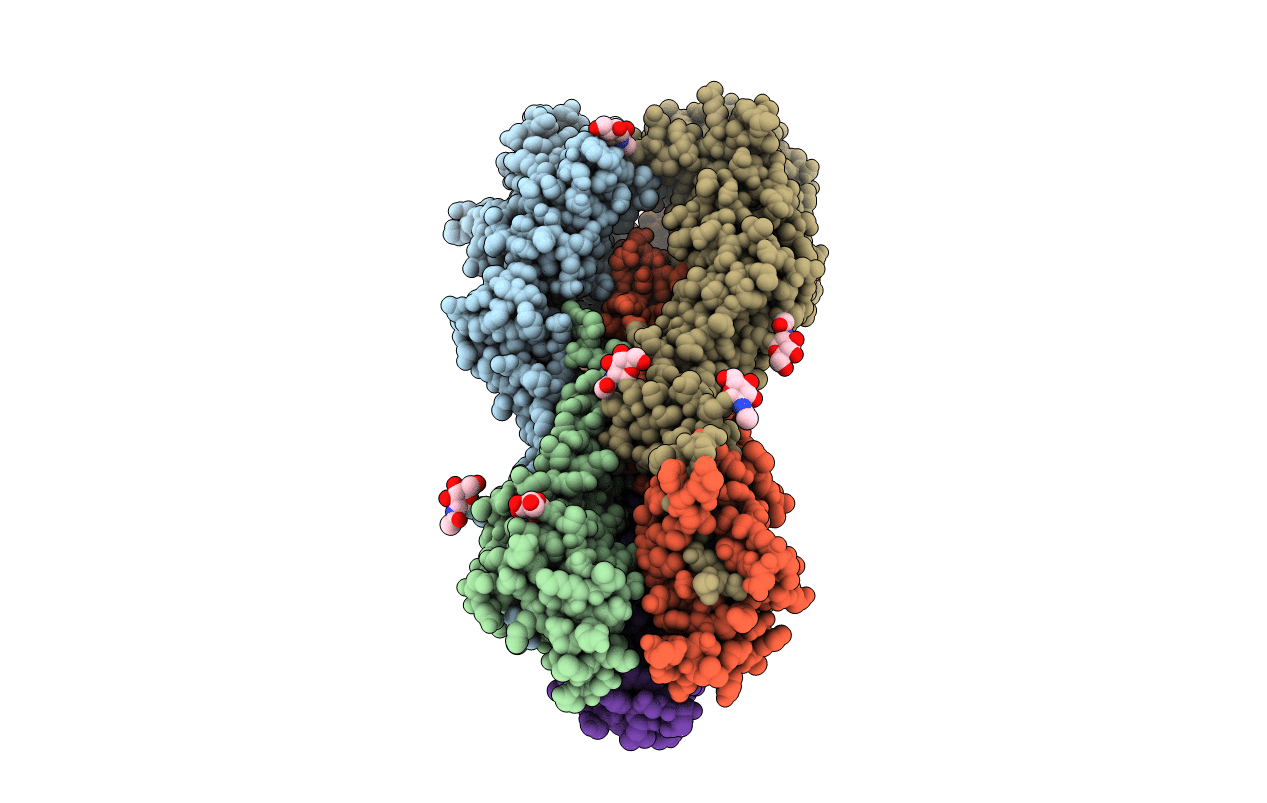
Deposition Date
2014-08-25
Release Date
2015-02-11
Last Version Date
2024-11-06
Entry Detail
PDB ID:
4W8N
Keywords:
Title:
The crystal structure of hemagglutinin from a swine influenza virus (A/swine/Missouri/2124514/2006)
Biological Source:
Source Organism:
Influenza A virus (Taxon ID: 489926)
Host Organism:
Method Details:
Experimental Method:
Resolution:
2.90 Å
R-Value Free:
0.26
R-Value Work:
0.23
R-Value Observed:
0.23
Space Group:
P 21 21 21


